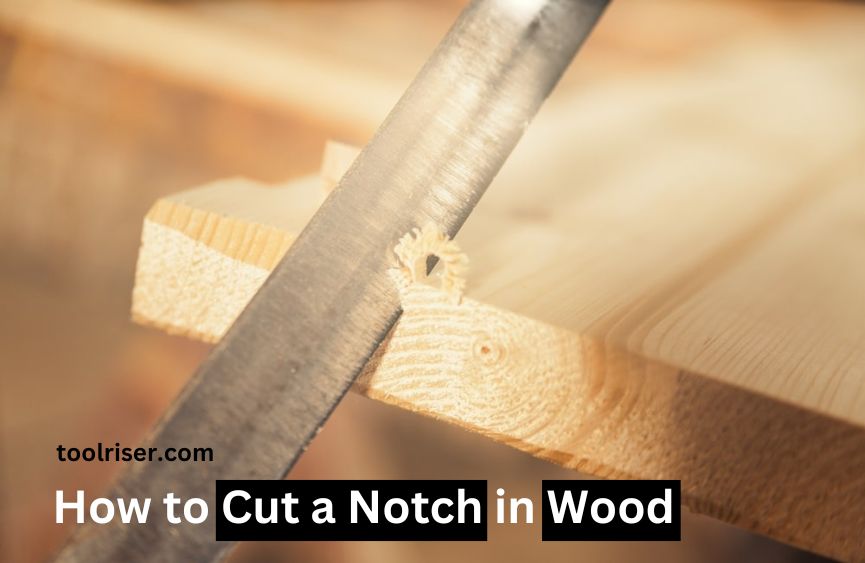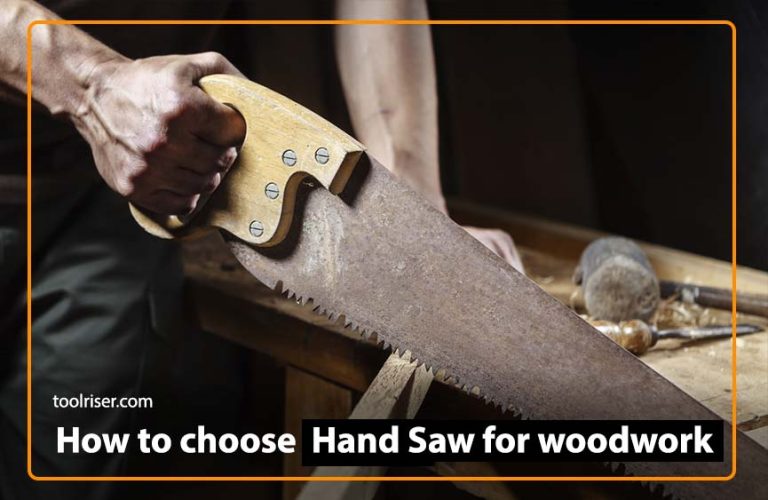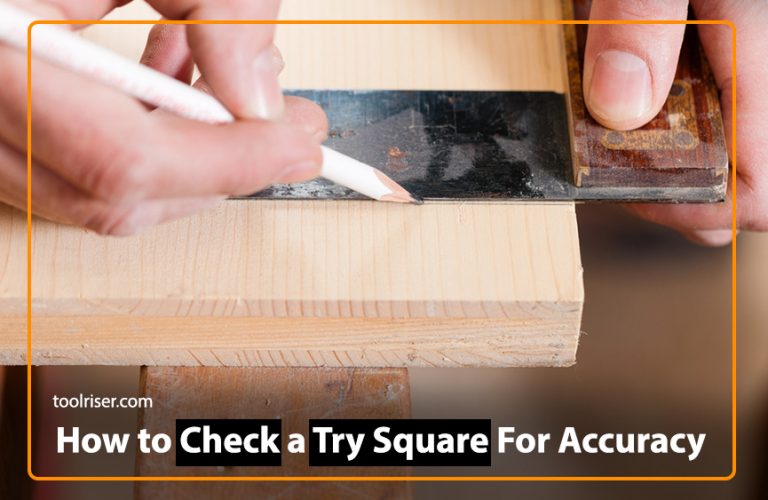How to Cut a Notch in Wood with Woodworking Hand Tools

Woodworking is an art that requires precision, patience, and the right tools. Whether you’re a seasoned woodworker or just starting, knowing how to cut a notch in wood is a fundamental skill that can elevate your woodworking projects to the next level. In this comprehensive guide, we’ll walk you through the process of cutting a notch in wood using traditional hand tools.
Now, first of all, it’s essential to understand the basic purpose of this woodworking project. A notch serves several functions in woodworking, including creating joints, accommodating other pieces of wood, or providing structural support.
Essential Hand Tools for Cutting a Notch in Wood
To cut a notch in wood, you’ll need a few basic hand tools. These include:
Backsaw: Ideal for making precise cuts with its thin blade and rigid back.
Chisel: Used for removing wood and fine-tuning the notch.
Marking tools: Such as a pencil or marking knife for outlining the notch on the wood.
Choosing the Right Type of Wood for Notching
Not all types of wood are created equal when it comes to notching. Select a hardwood like oak or maple for durability and stability, especially if the notch will be subjected to heavy loads or stress.
Preparing the Wood for Notching
Before you begin cutting, ensure that the wood is clean, dry, and free from any defects. Smooth out any rough surfaces and mark the location of the notch using your preferred marking tool.
Advantages of Cutting a Notch in Wood
- Provides strong and stable joints for woodworking projects.
- Allows for precise fitting of different pieces of wood.
- Enhances the overall aesthetics, beauty and functionality of the finished piece.
- Applications of Notching in Woodworking Projects
- Notching is commonly used in various woodworking applications, including Construction of wooden structures such as pergolas and decks
Step-by-Step Guide on How to Cut a Notch in Wood
We cover all the steps of process to cut a notch in wood in this section. As a woodworker, you should read it carefully.
Marking the Notch
Start by accurately marking the dimensions of the notch on the wood using a pencil or marking knife.
Selecting the Appropriate Saw
Choose a backsaw with the appropriate tooth count for the wood’s thickness and the cut’s desired precision.
Making the Initial Cuts
Carefully saw along the marked lines, ensuring that the cuts are straight and perpendicular to the surface of the wood.
Removing Excess Wood
Use a chisel to remove the waste wood within the marked area, working slowly and steadily to avoid any splintering or tear-out.
Smoothing the Edges
Once the majority of the waste wood has been removed, use the chisel to clean up the edges of the notch and achieve a smooth finish.
Tips for Achieving Precision and Accuracy
Measure twice, cut once: You must have to measure twice before cutting once in woodworking projects. Double-check your measurements before making any cuts to ensure precision and accuracy.
Use a sharp saw A dull saw can lead to jagged cuts and splintering, so keep your tools well-maintained.
Practice good technique Maintain a steady hand and apply even pressure while cutting to achieve clean, precise results.
Safety Precautions to Follow While Cutting a Notch Personal Safety should always be a top priority when working with hand tools. Wear appropriate protective gear, such as safety goggles and gloves, and exercise caution to prevent accidents or injuries.
4 Common Mistakes to Avoid
1. Rushing the process Take your time and work methodically to avoid making costly mistakes.
2. Neglecting safety precautions Always wear protective gear and follow best practices to prevent accidents.
3. Using dull tools Sharp tools are essential for clean cuts, so sharpen your saw and chisel regularly.
4. Finishing Touches After Cutting the Notch Once the notch has been cut, sand the surrounding area to smooth out any rough edges and apply a finish or sealant to protect the wood from moisture and wear.
Other Methods for Cutting a Notch
In addition to hand tools, you can also use power tools such as a jigsaw or router to cut a notch in wood, depending on your preferences and the complexity of the project.
Frequently Asked Questions (FAQs)
1. Can I cut a notch in softwood like pine or cedar?
Ans. Yes, but keep in mind that softwoods may be more prone to splintering, so exercise caution and use sharp tools.
2. Do I need to use a specific type of chisel for cutting notches?
Ans. While any sharp chisel can be used, a narrow chisel with a beveled edge is ideal for achieving precise cuts.
3. How deep should the notch be for woodworking projects?
Ans. The depth of the notch will depend on the specific requirements of your project, so be sure to measure and mark accordingly.4
4. Can I use a handsaw instead of a backsaw for cutting notches?
Ans. While a backsaw is typically preferred for its precision, a handsaw can also be used with careful attention to detail.
5. What should I do if I accidentally cut the notch too deep?
Ans. If you’ve made a mistake while cutting, don’t panic. You can often salvage the piece by filling the excess space with wood filler or using a patching technique.
You should also read
Final Thoughts
Learning how to cut a notch in wood is a valuable skill for any aspiring and professional woodworker. By following the step-by-step guide provided in this blog post and with the help of essential tips and precautions, you can master this technique and take your woodworking projects to new heights of precision and craftsmanship.






